The Mazda headquarters is located at Fuchu, Aki, Hiroshima in Japan.
The excursion is made up of two parts; first is a visit to the Mazda
museum and the second part is at the gallery of the Assembly line - U1.
One might expect to see robots at this assembly line but here the
assembly is done by humans as they do the finishing details of the
vehicles. All in all, there is only one robot at this line. Most of the
assembly robots are not shown by the Mazda administration. The company's
website states that the name Mazda was derived from "..Ahura Mazda", a
god of the early civilizations of West Asia... the god of wisdom,
intelligence and harmony. The site goes ahead to state that the name was
also derived form the company's founder Jujiro Matsuda.

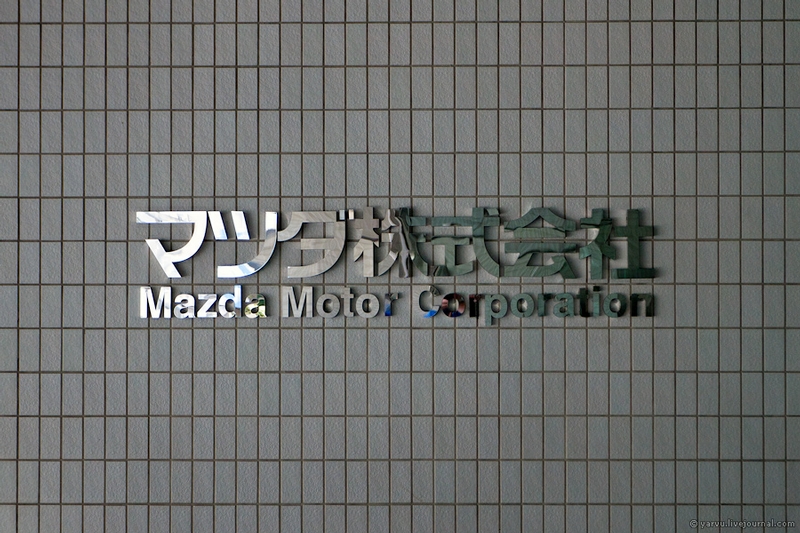
The Hiroshima plant is one of the biggest Mazda Assembly plants across the globe and is the main headquarters of the company.
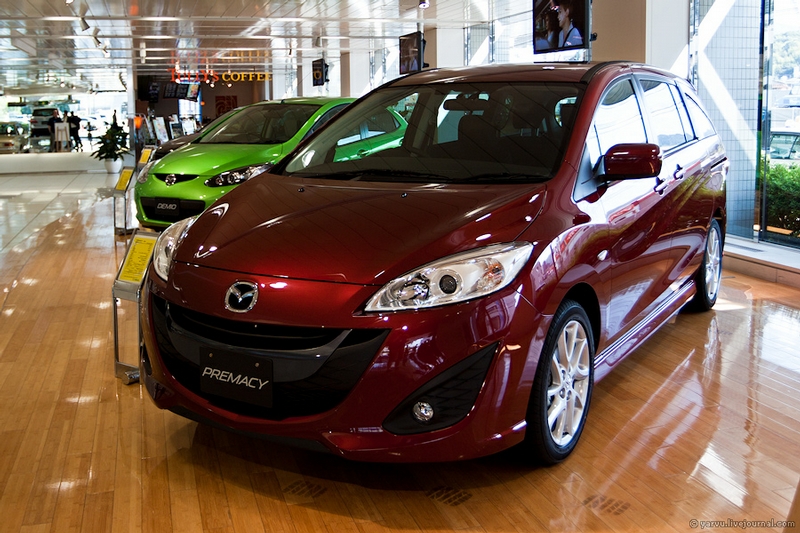
At the office hall, on display are the newest Mazda vehicles.
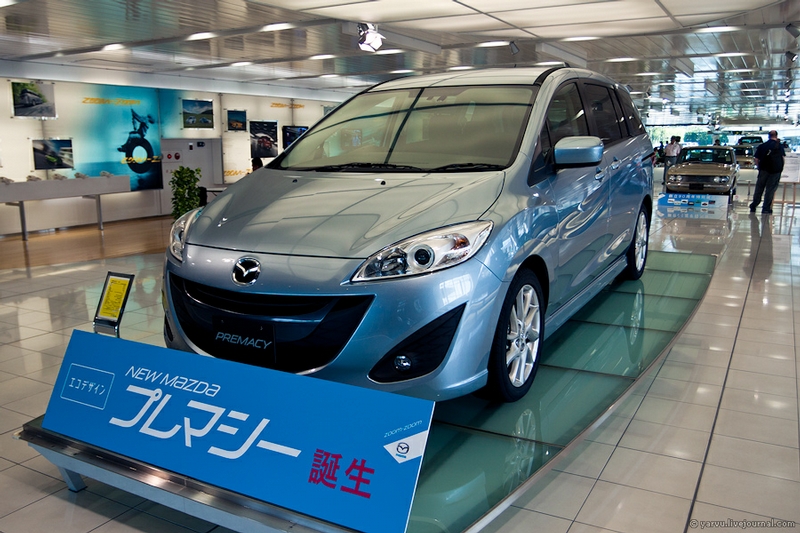

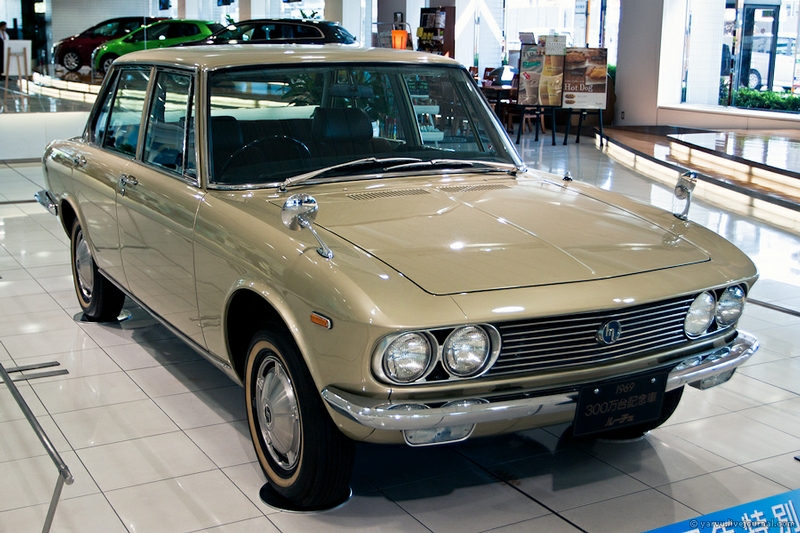
This is the Mazda Luce of 1969. Being the flag carrier of the company, it was produced till 1991 (with modifications included).
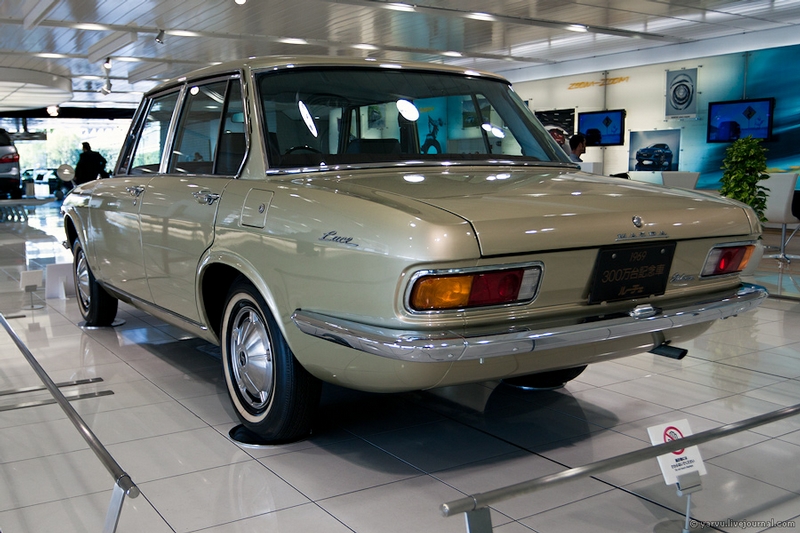
The Mazda Luce from behind.
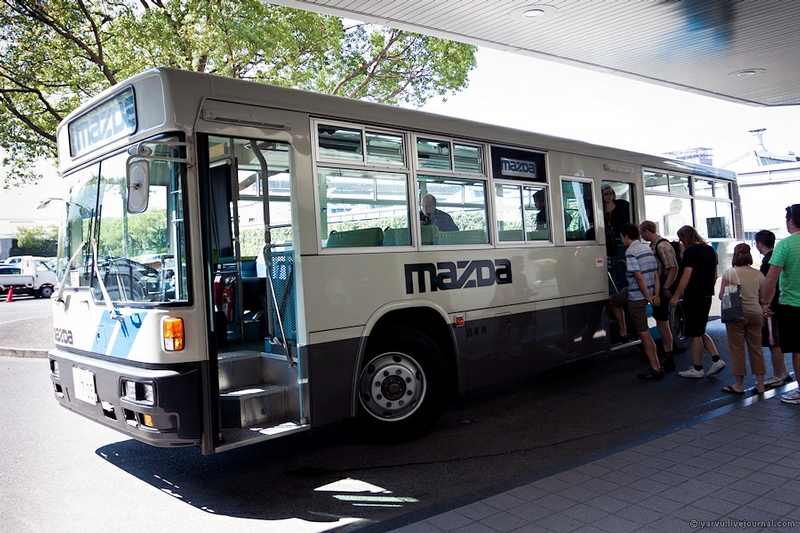
Excursions on the large territory of the plant are made easier by such excursion buses.
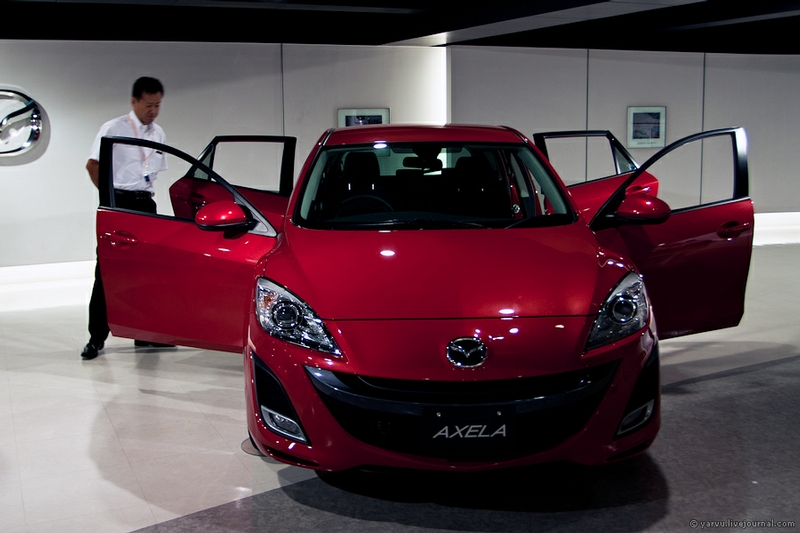
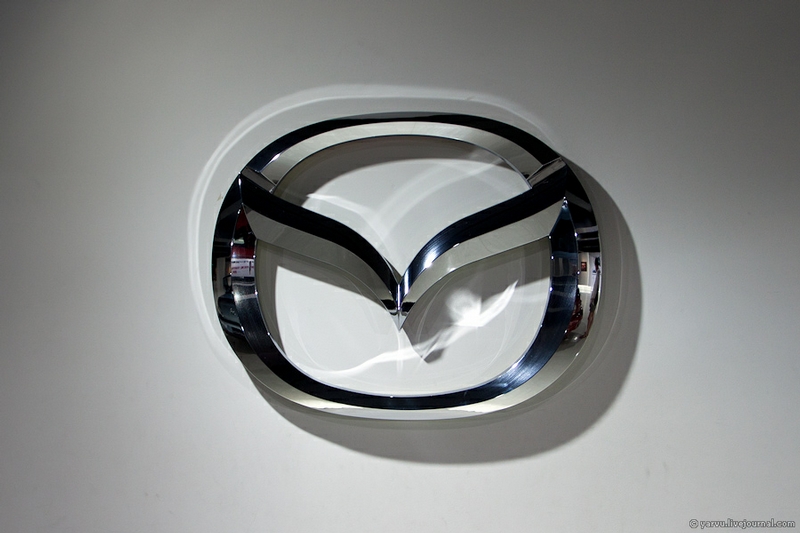
The new Mazda logo that you will find in all the modern Mazda vehicles.
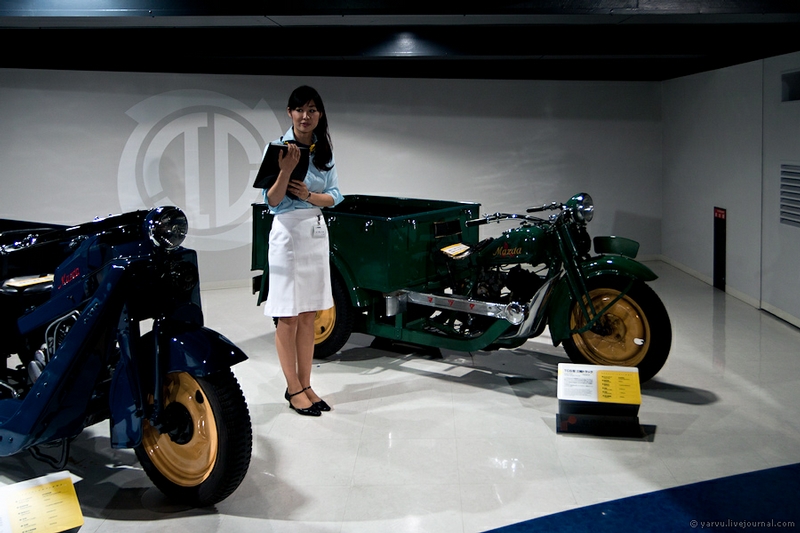
Mazda's history began in 1921 (even though it is said to have began on
an earlier date, during which the main produce was wooden items). The
first successful automotive model by Mazda was its tricycle - The
Mazda-Go.
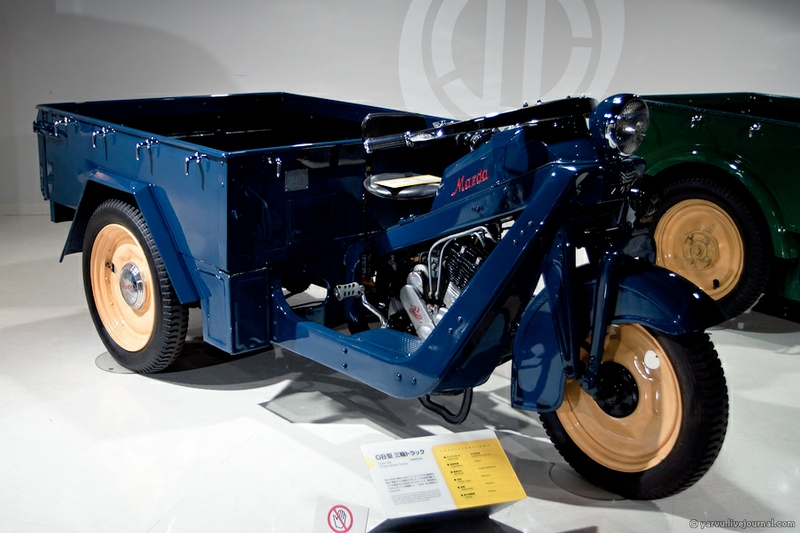
The Type -GB tricycle of 1950.
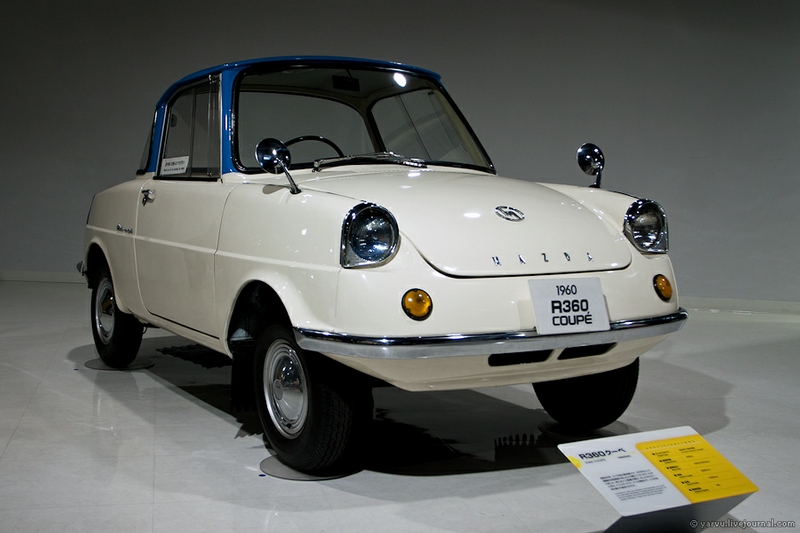
The first Mazda automobile. The Mazda R360 Coupe which came out in 1960.
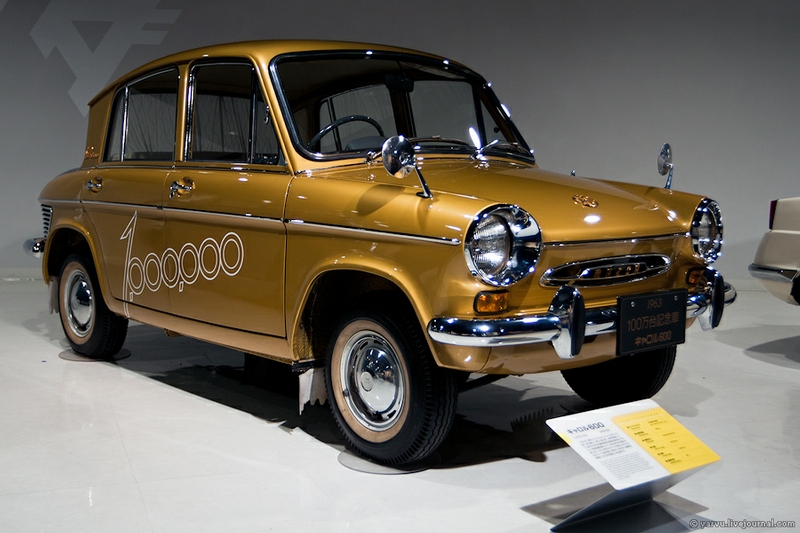
The Mazda Carol 600. This is the millionth car to get through the conveyer belt and was therefore put on display at the museum.
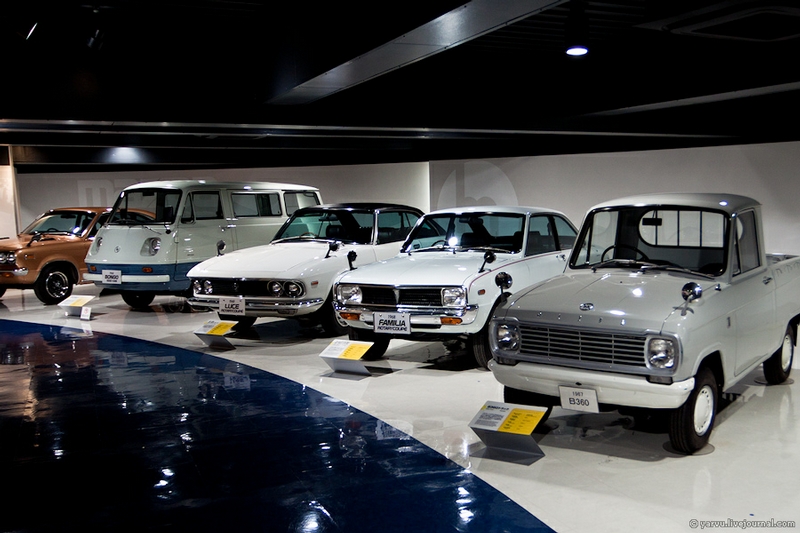
Towards the end of the sixties Mazda already had a range of models,
adding to its assortment the Mazda B360 pick-up, the Mazda Bongo
Minivan, and also the Familia and Luce group of vehicles.
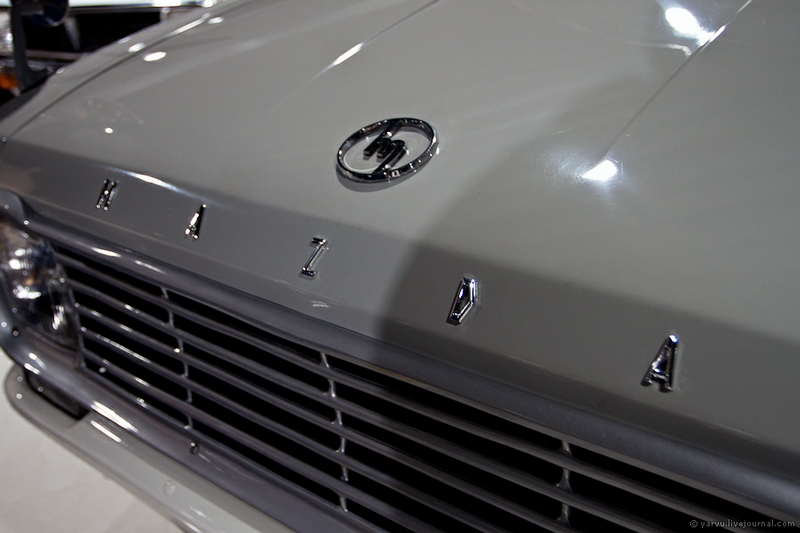
The old Mazda logo on the Mazda B360 pick-up.

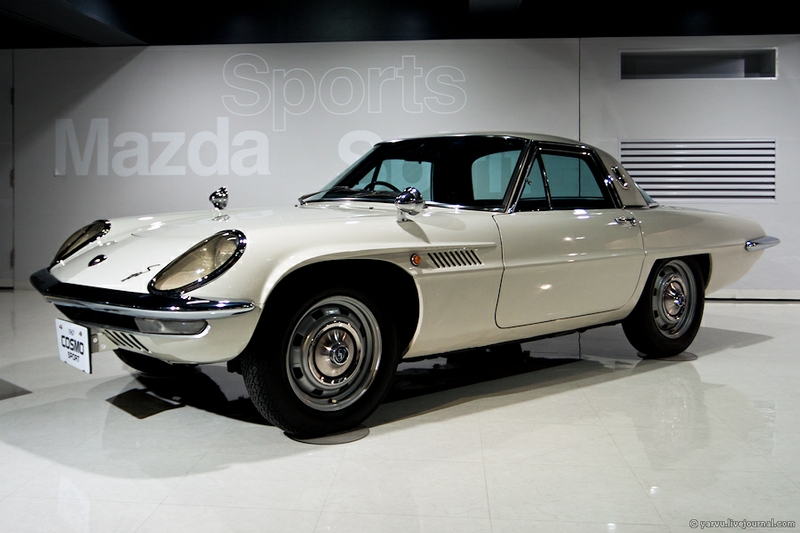
In 1967, Mazda produced its first sport car with a rotary-piston engine
- The Mazda Cosmo Sport. From 1967 to 1972 , 1519 first generation
vehicles were produced and all of them were assembled by human workers.
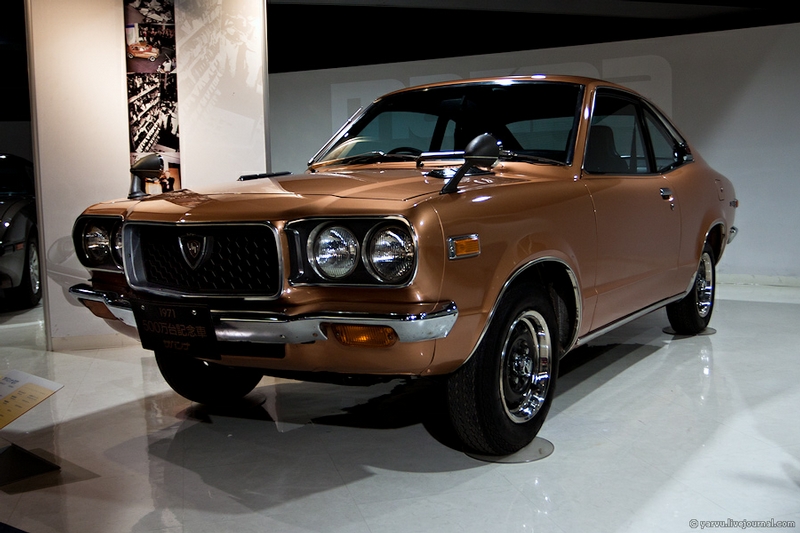
The Mazda RX-3 Savanna was released in 1971. In 1972 it won the
Japanese Grand Prix against its main competitor Nissan GT-R. The car won
50 consecutive races.
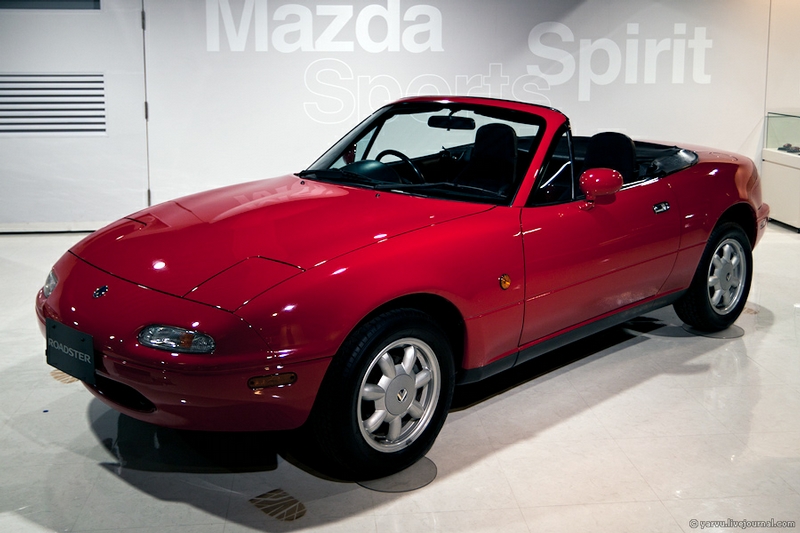
The Mazda MX-5 was produced in 1989.
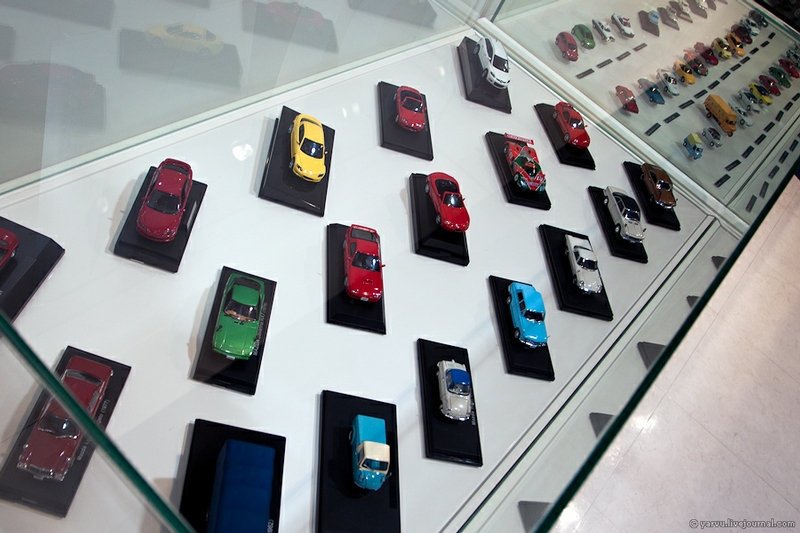
At the museum there is a collection of miniature copies of the vehicles Mazda has ever produced.
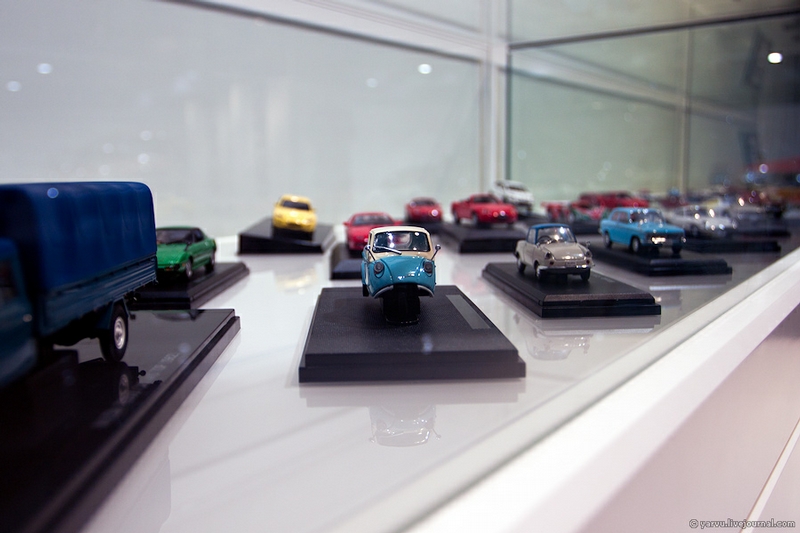
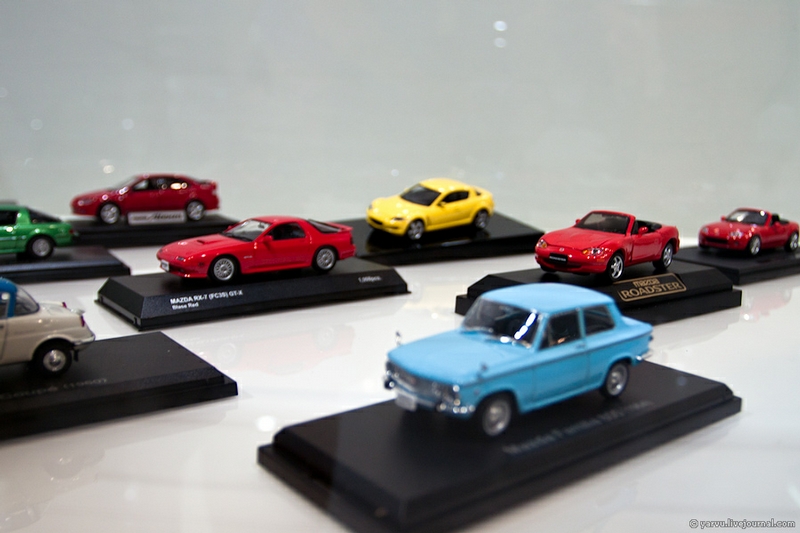
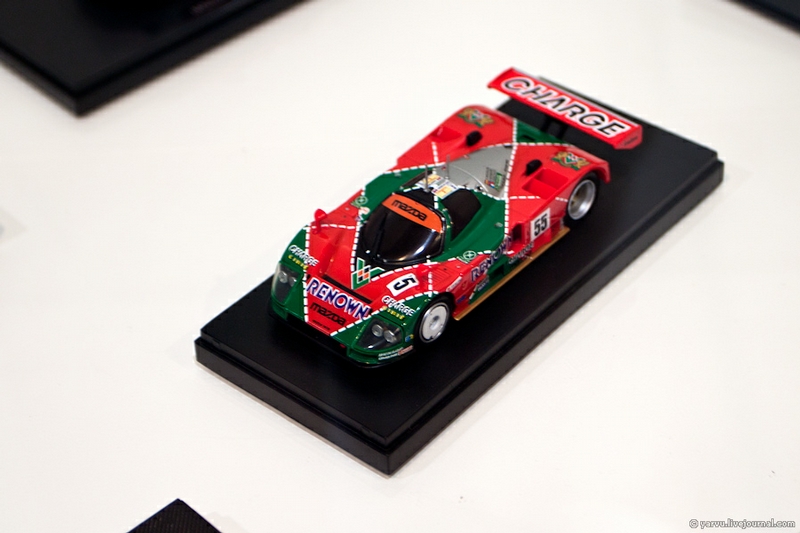

Mazda RX-7 SA/FB produced in 1979.
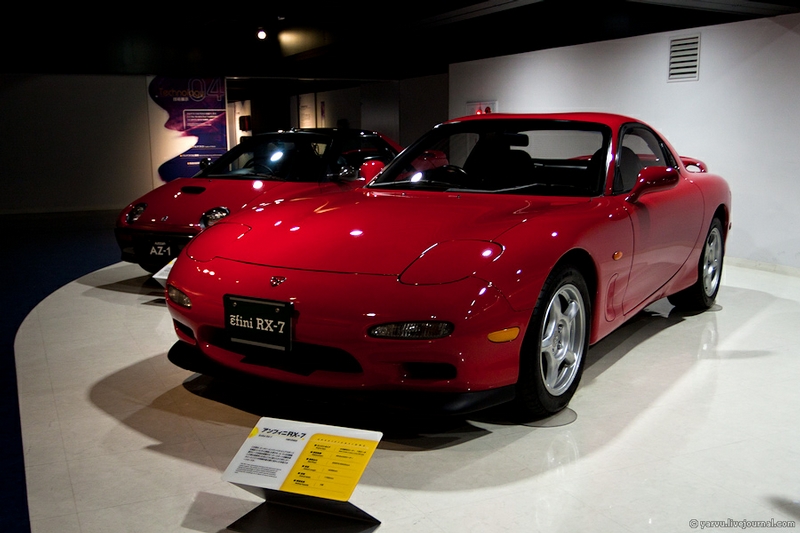
The excursion at the gallery ends with the third generation car Mazda
RX-7. Next to it is the Autozam AZ-1 which was produced by Suzuki but
sold by Mazda.
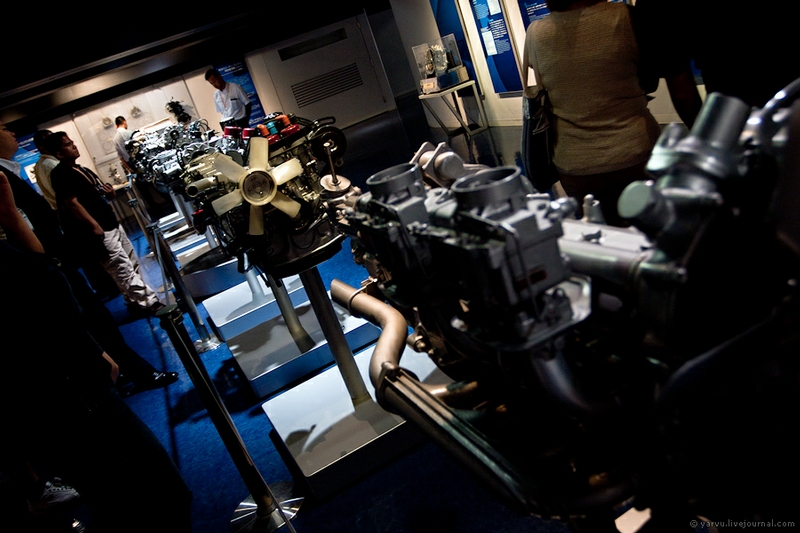
One hall shows the history of the Mazda engines.
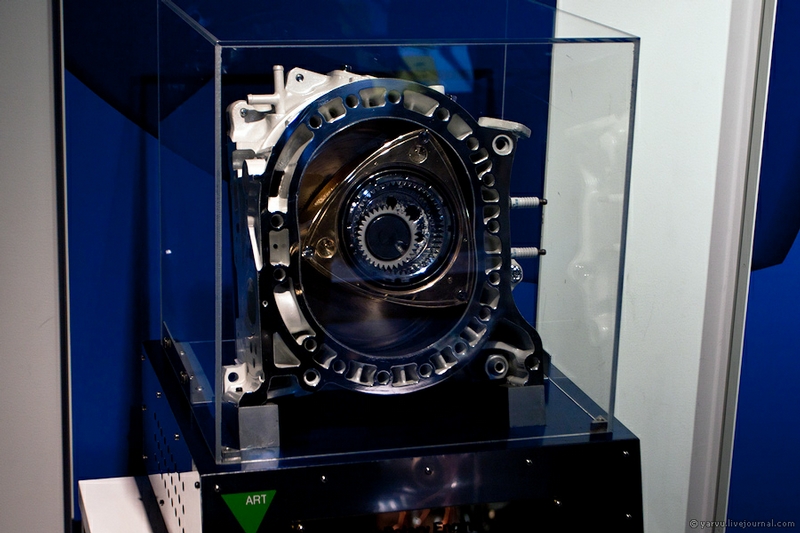
Mazda's pride- the Rotary-Piston engine.
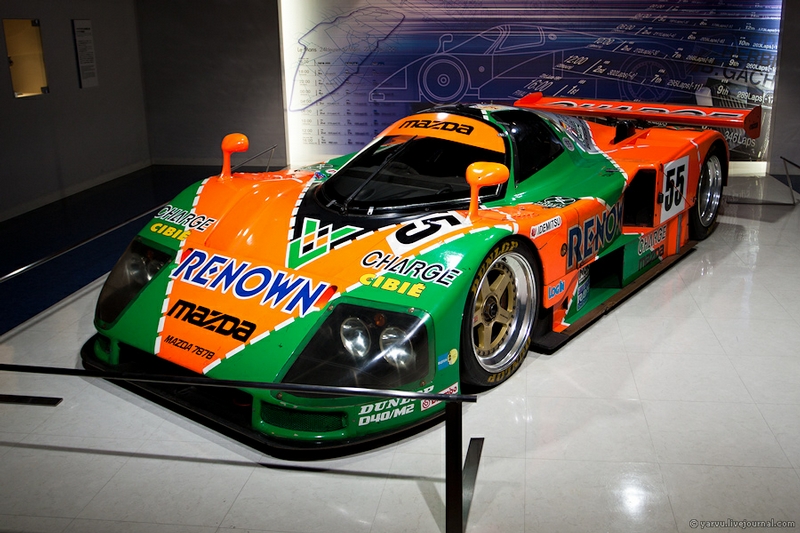
The Mazda 787B. The first and only Rotary-piston engine car to win the 24 Heures du Mans race in 1991.
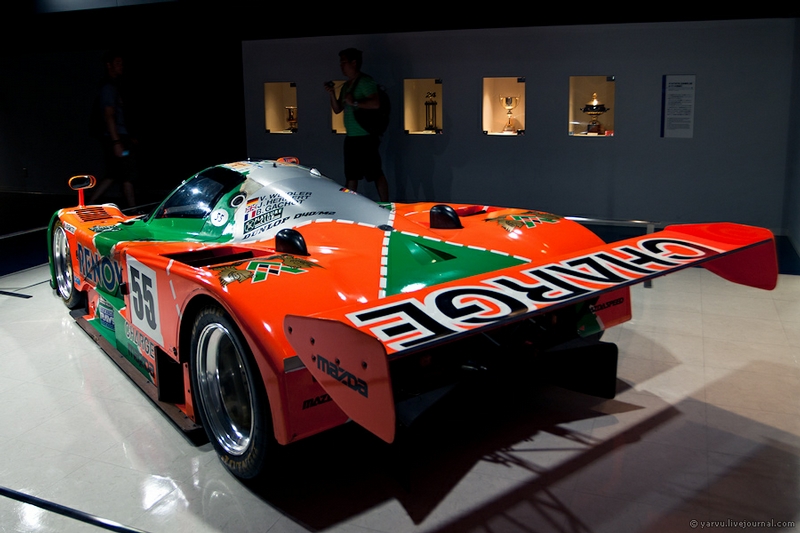
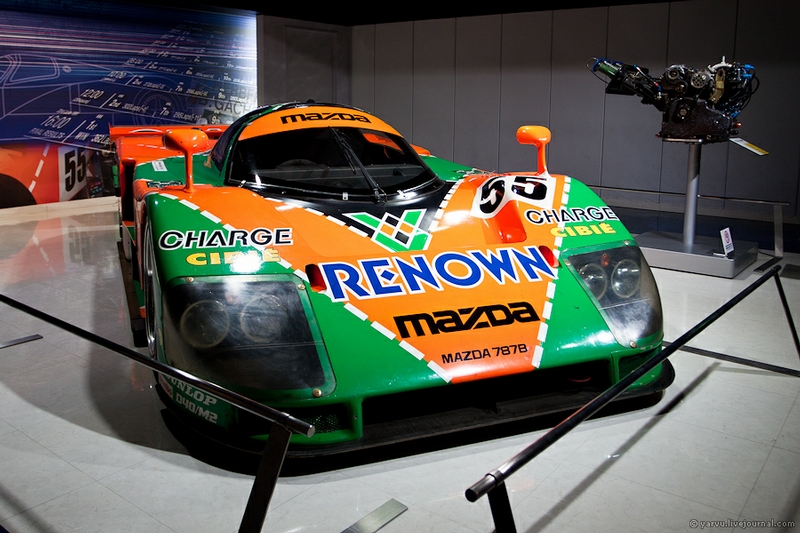
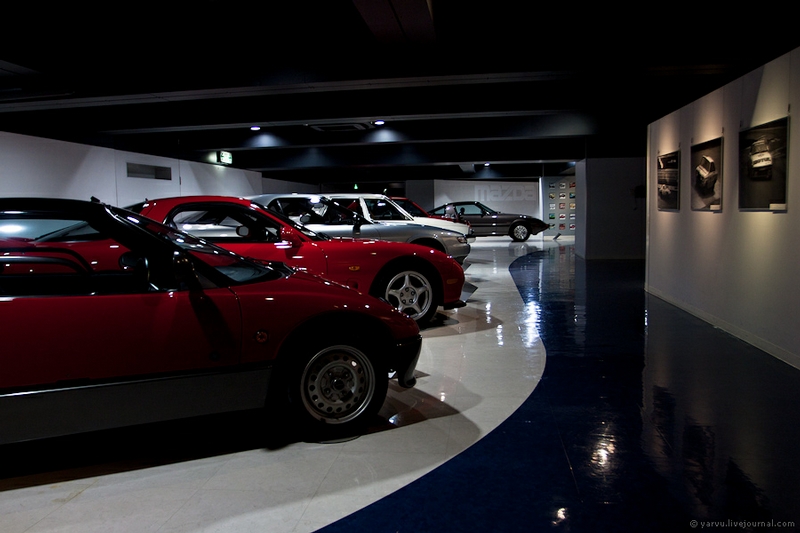
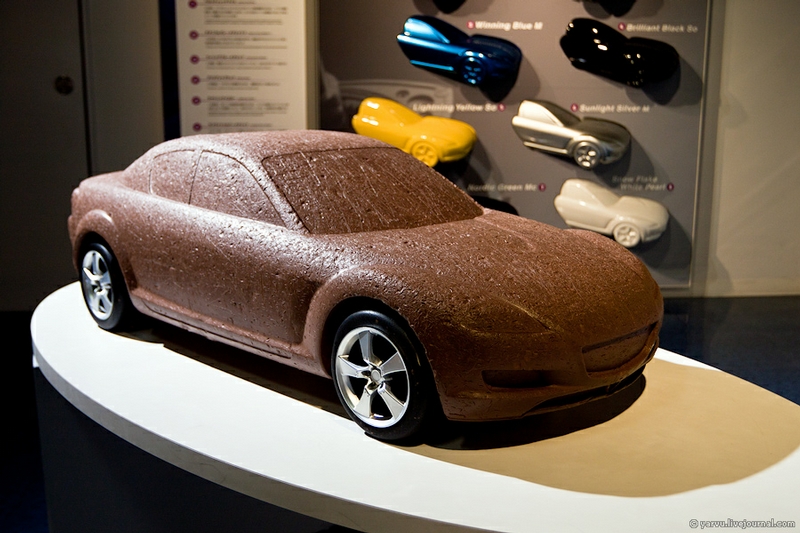
Another exposition shows the design process for new models. Like this one for the Mazda RX-8.
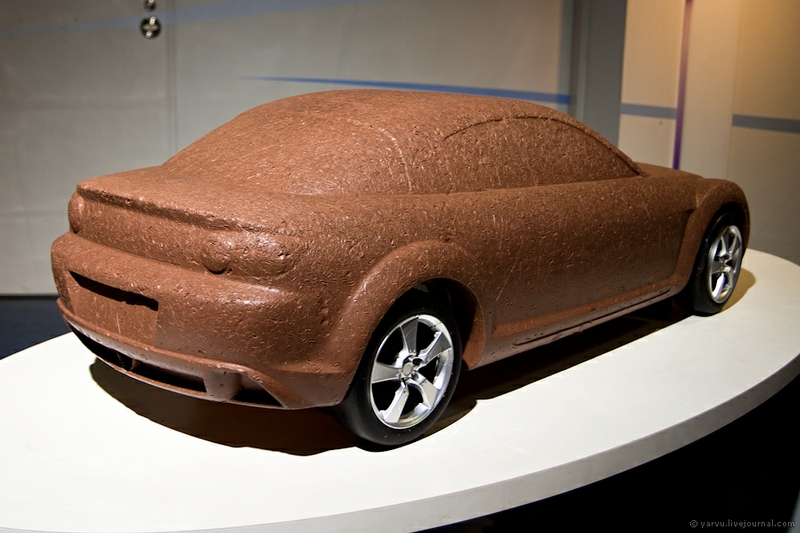
Back view of the model.
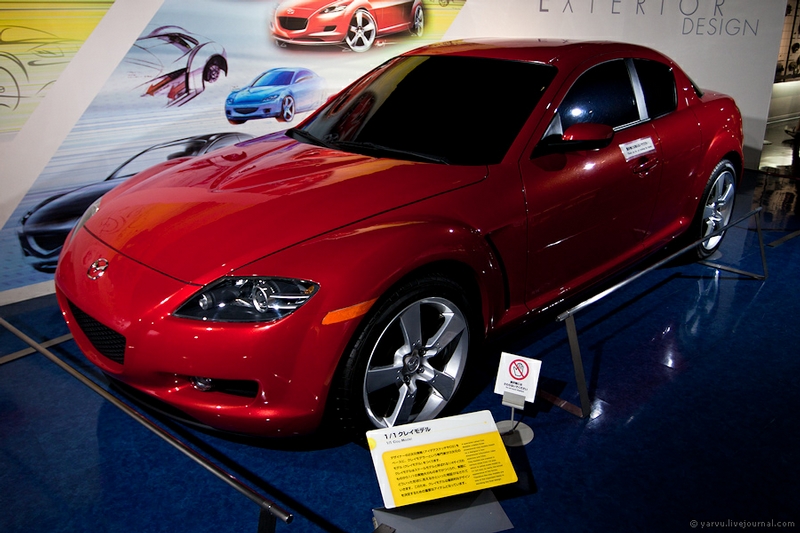
The Mazda RX-8 - the finished product.
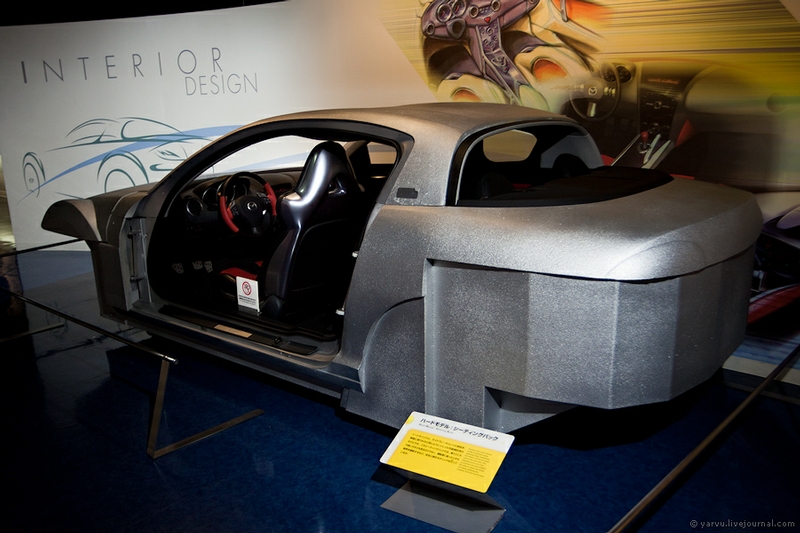
The models are done either in scale or life size layouts. Equally
important is also the interior of the vehicle as seen in the model
above.Here too much parameters are tested to make sure the car meets the
standards and the comfort of the driver.
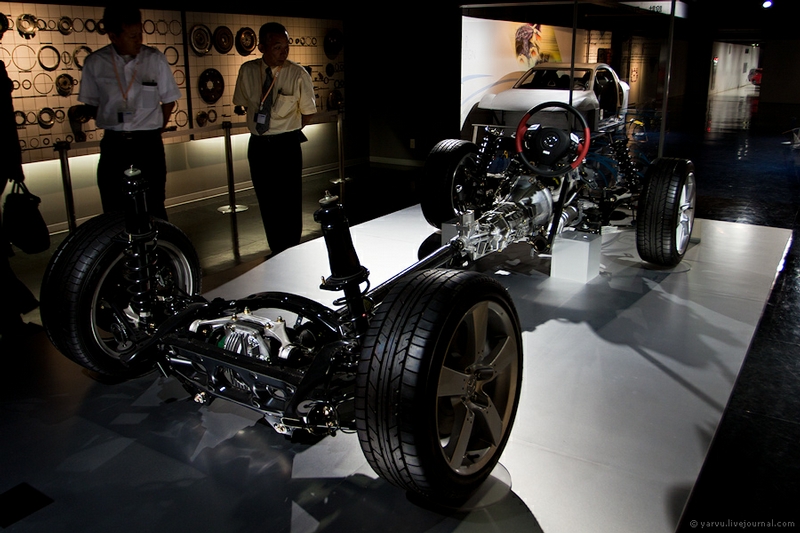
In real sense, this is the modern car. All the other details are just
but decor and comfort. The engine and chasis are the basis for the
assembly of and entire family of vehicles and can be the same for
decades.
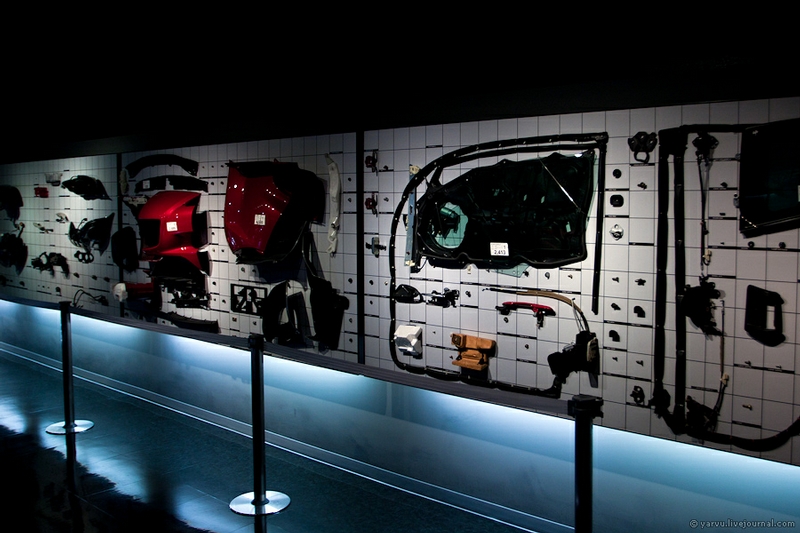
On this wall is the dismantled Mazda RX-8. All the details are hung
here to the last screw. This shows the workload of car assembly.

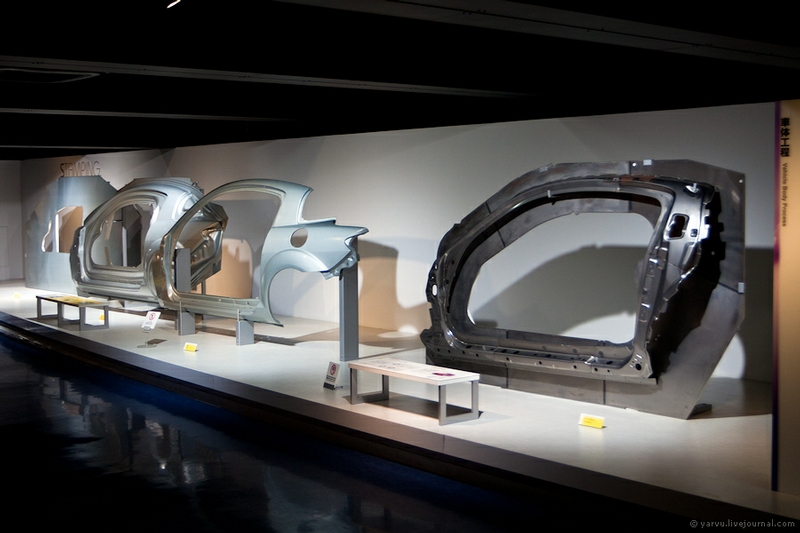
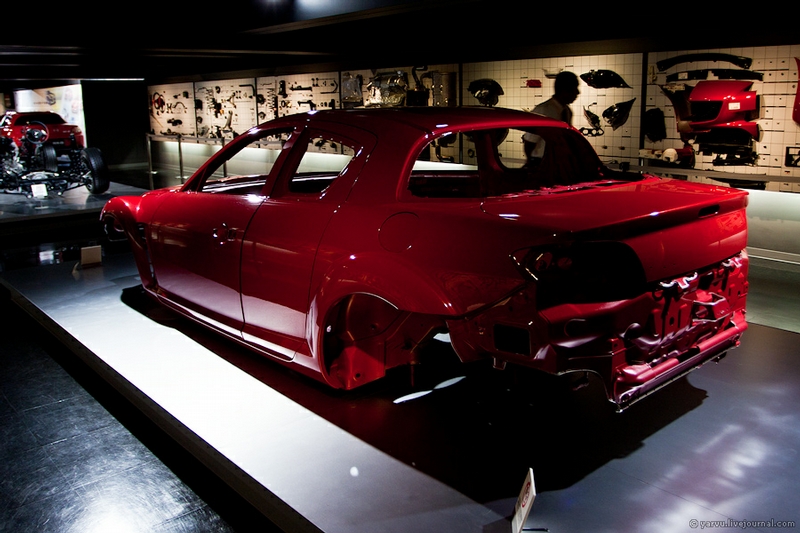
The most spectacular stage in car assembly is the stamping and painting.

Before any car model is released for sale, it must go through the crush test among other tests.
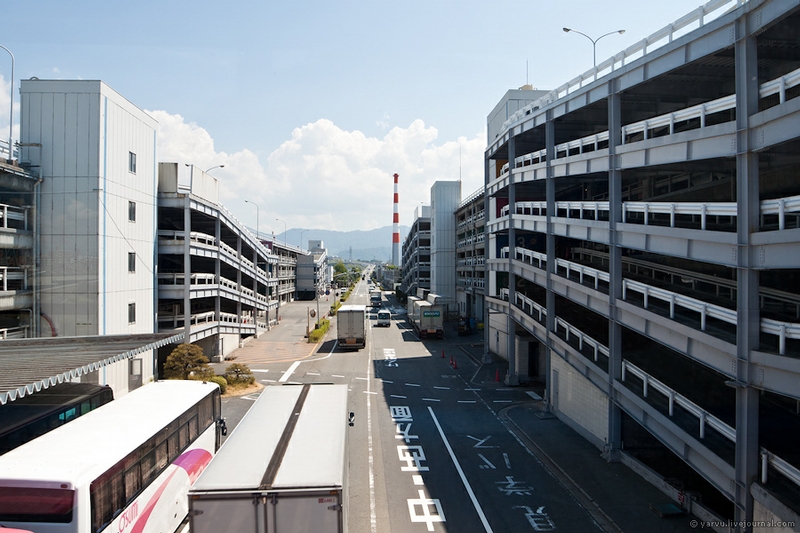
Taking photographs at the Assembly unit is strictly prohibited.
\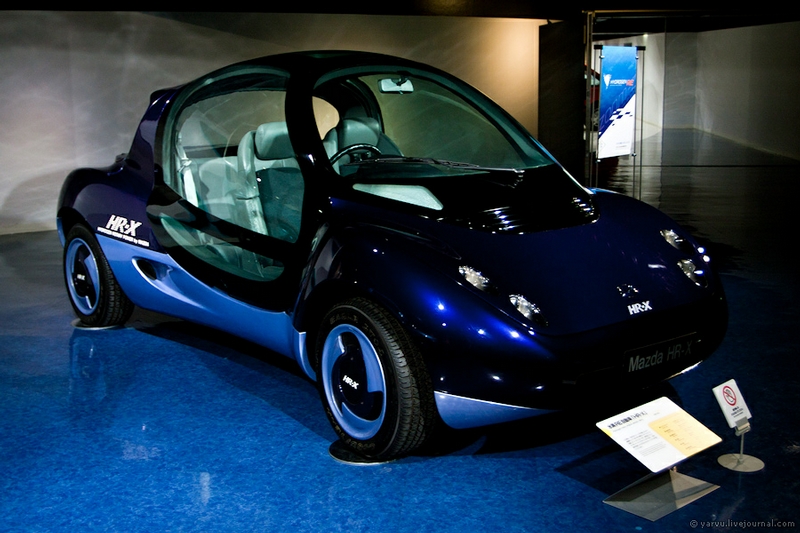
Cars from the Mazda Ecology Initiative include cars which use hydrogen fuel, and recycled material.

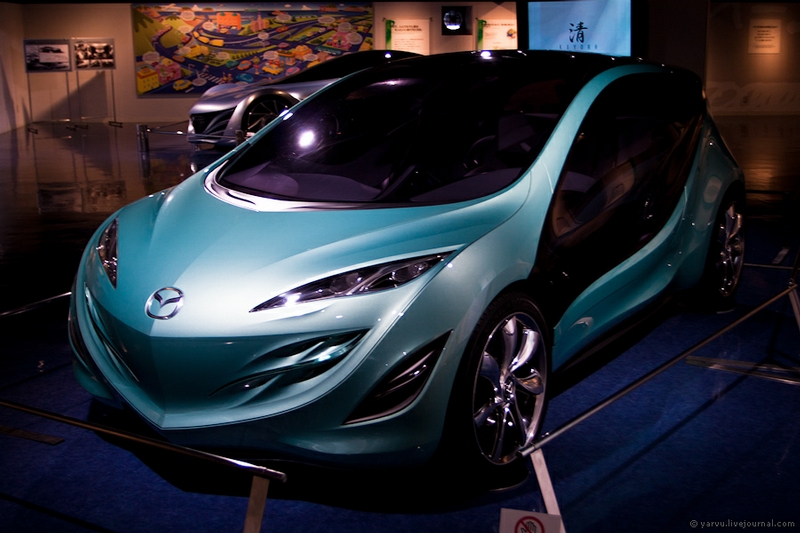
On display, there are two concept cars.
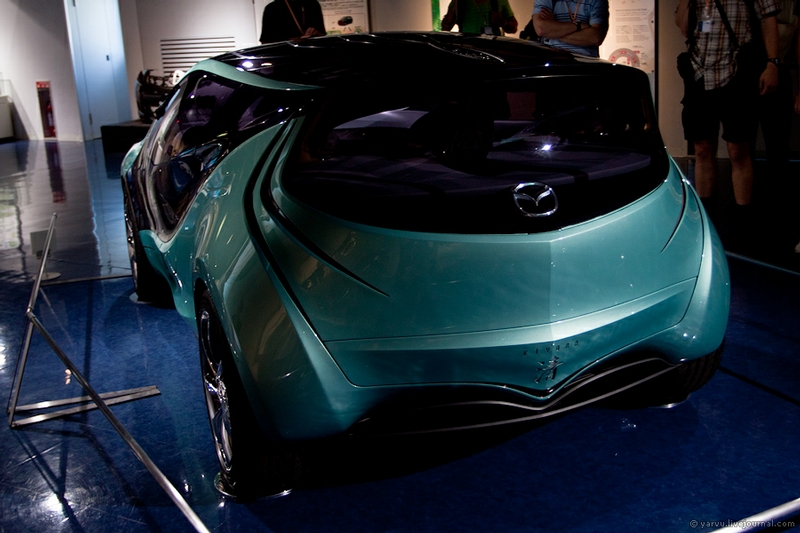
The Mazda Kiyora produced in 2008 has a particularly cost-effective
engine . It is planned for series production in 2011, and has a new
generation automatic transmission.
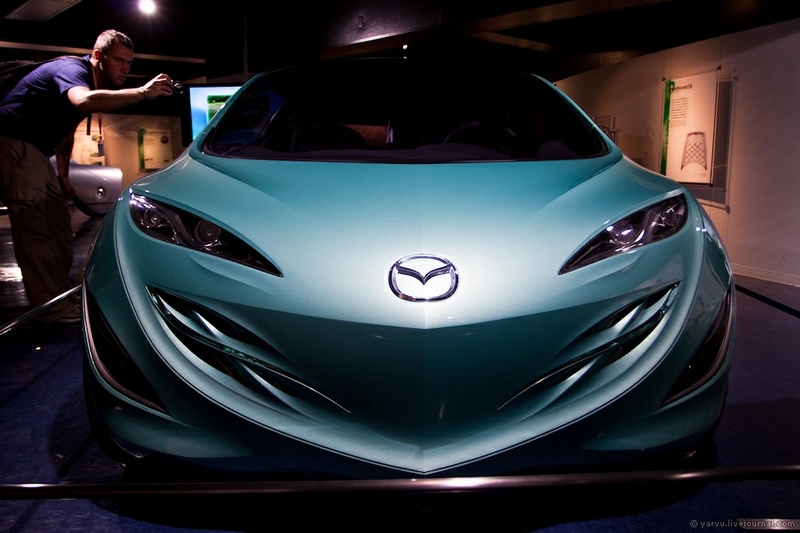
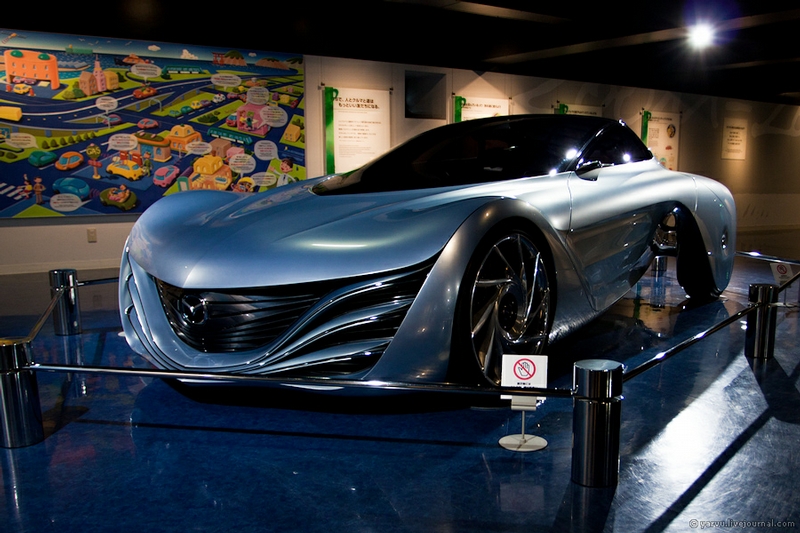
The Mazda Taiki- another concept car, reflecting one of the possible directions in the development of Mazda cars.
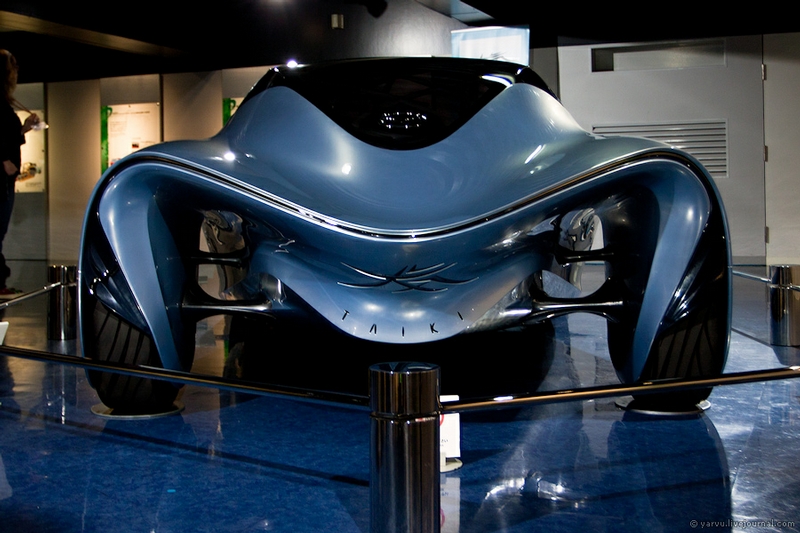
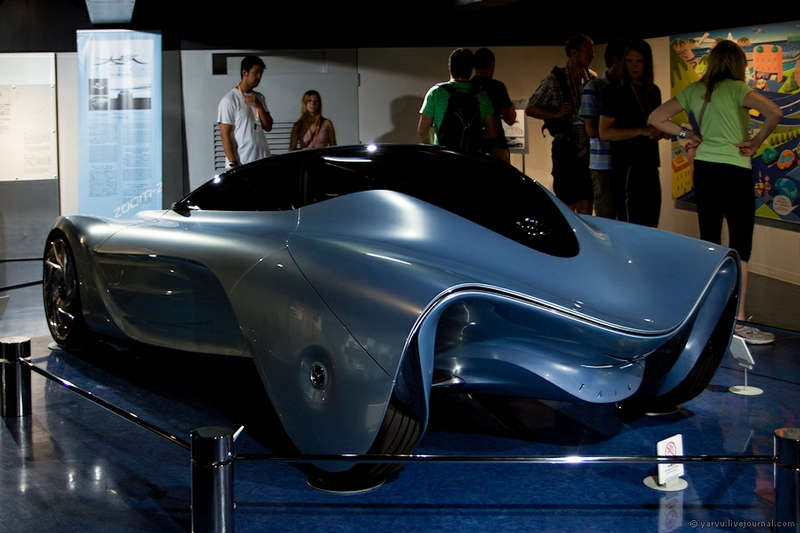
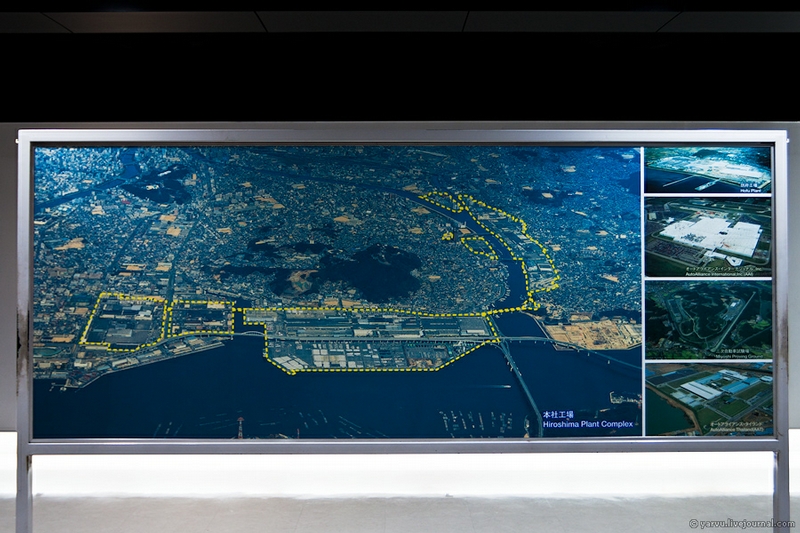
The Mazda company covers a large territory with its own bridges (shown here by theyellow dotted line).
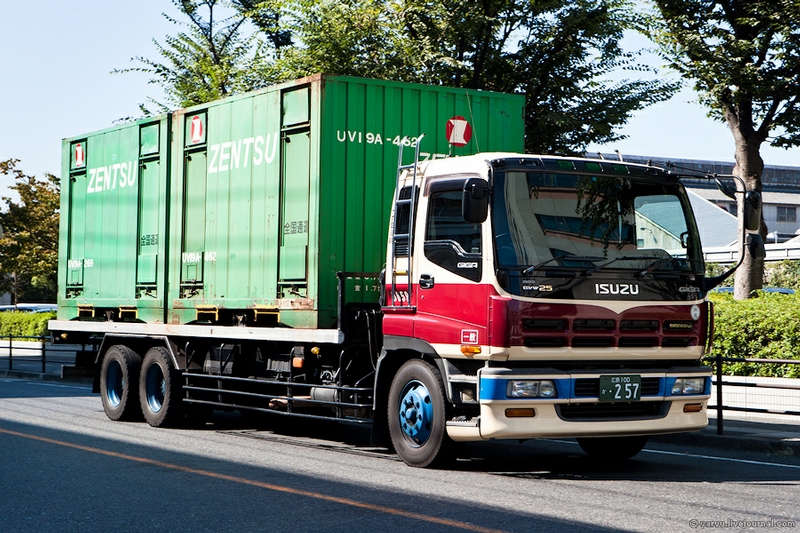
And the competitors prowl beyond the fence.
via yarvu







0 comments:
Post a Comment